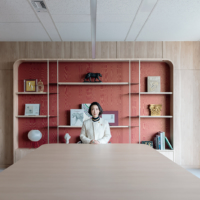Nanjing is a bustling city of 7 million, about six times its population before the Japanese rampage of 1937, and looks like many of the other modern, gleaming urbanscapes that have mushroomed up across China.
What sets it apart are the sycamore-lined boulevards and a rich trove of historic buildings enclosed by a towering stone wall that snakes around what used to be the city limits. Most of these ramparts date from the 14th century, the Ming era, although there have been extensive renovations. Now it makes a wonderful perch and relatively tranquil path for sweeping views of Purple Mountain and the shimmering rivers and lakes that abound in and around the city.
In the dog days of summer, the dappled shade of the sycamores is refreshing, softening din of the heavy traffic while conjuring up images of France. One of the liveliest parts of contemporary Nanjing centers on the Confucius Temple, locally known as Fuzi Miao. It was originally constructed in 1034 but has been destroyed and rebuilt several times. In 1986, the local government finally restored it after it was burned down by Japanese troops in 1937. Inside, one can see elegant gardens with ponds and pavilions and a 6-meter-tall statue of Confucius. The scenes of Confucius' life depicted in bas-relief showcase the usual virtues of etiquette, decorum and wisdom, but oddly enough, none of them show him rolling in his grave, as he surely must be.















With your current subscription plan you can comment on stories. However, before writing your first comment, please create a display name in the Profile section of your subscriber account page.